nn
n
n The Boers (Dutch for farmers) moved out ofnthe Cape Colony of Southern Africa and into the Orange Free State, Transvaalnand Natal, to escape British colonial rule. One of these Boers, Daniel Jacobs,nmade his home on the banks of the Orange River, near to the small settlement ofnHopetown, where he made a precarious living on the pasturelands of the veldt.nHis home was not much more than a hovel, roughly divided into two rooms, withnsacking for a roof and a packed earth floor that was smeared once a week with anpolishing mixture of dung and water.
n
n
n
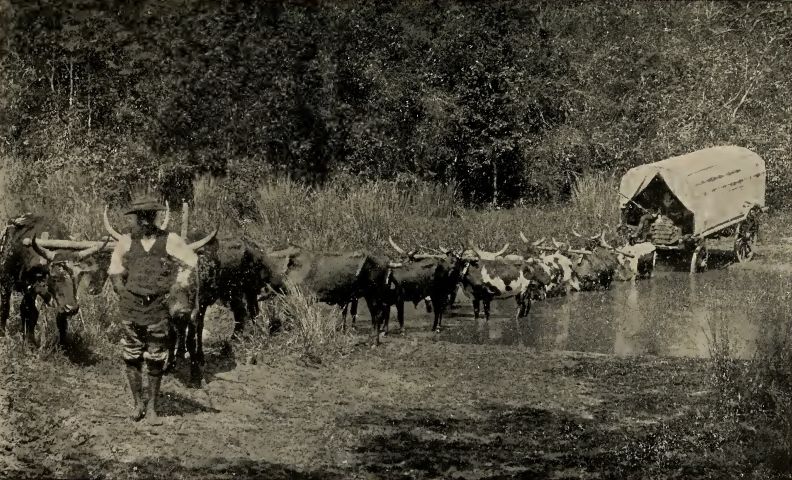 |
| Boers trekking |
n
n
n
nParents and children slept together on anrough frame overlaced with rawhide strips, there was a chest of drawers, ancrude table and chairs, a mirror and very little else in the way of furniture.nTheir food was corn meal porridge, supplemented occasionally with a lump ofnboiled mutton and rice, coarse wheaten bread and black, bitter coffee. When thensheep and goats were turned out of the kraal to browse on the scant scrub andnthorns of the veldt, they were shepherded by African servants, as the Boer andnhis vrouw were loathe to trouble themselves with manual labour if there werenother people around to do it for them.
n
n
n
 |
| Some Africans taking a break |
n
n
n
nTheir children ran as wild as theirnlivestock, ranging over the rocks and sand, and in lieu of playthings, theynhunted for shiny pebbles along the banks of the river, each of them buildingntheir own collection of smooth agates, rosy-red carnelians, bronze jaspers andncreamy chalcedonies, carmine garnets and sparkling rock-crystals.
n
n
n
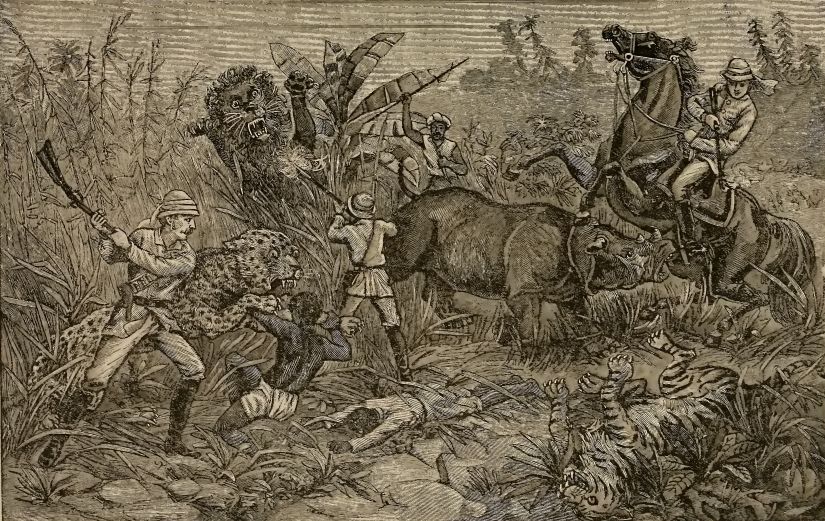 |
| The Dangers of Africa – Lions, leopards, rhinos … and tigers! |
n
n
n
nThe farmer’snwife was especially taken with a particularly bright white pebble, and she toldna neighbour, Schalk van Niekerk, about the stone. He asked to see it, but onenof the children had thrown it out into the dust of the yard, and van Niekerknhad to hunt in the dirt before it came to light. He was also taken with thengleam of the thing and offered to buy it, but the vrouw wouldn’t hear of it andngave it to her neighbour, who put it into his pocket and carried it off home.
n
n
n
 |
| John O’Reilly |
n
n
n
nHe thought it might have a little value and passed it on to a travellingnsalesman, John O’Reilly, who showed it to several people in Hopetown and innColesberg, a settlement further along the Orange River, but all who saw it werennot impressed and no one would part with as much as a penny for the stone,nwhich might, at best, be a topaz. The Civil Commissioner of Colesberg, MrnLorenzo Boyes, discovered that the stone would scratch glass and declared it tonbe a diamond, but his idea was laughed aside by Dr Kirsh, the town apothecary,nwho bet Boyes a new hat that the pebble was nothing more than a topaz. Boyesnaccepted the bet, put the stone into an unsealed envelope and posted it off thencolony’s principal mineralogist, Dr W Guybon Atherstone, at Grahamstown.
n
n
n
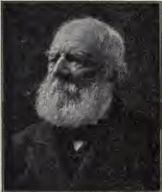 |
| Dr W Guybon Atherstone |
n
n
n
nWhennthe post-boy delivered the letter, the stone fell out of the envelope andnrolled away, Atherstone picked it up, read the letter and examined the pebble.nThen he took up his pen and wrote this reply to Boyes.
n
n
n
n“I congratulate younon the stone you have sent to me. It is a veritable diamond, weighs twenty-onenand a quarter carats, and is worth £5oo. It has spoiled all the jewellers’nfiles in Grahamstown, and where that came from there must be lots more. Can Insend it to Mr. Southey, Colonial Secretary?”n
n
n
nFrom there, the stone passedninto the possession of the Governor of the Cape, who paid the estimated valuenput forward by Atherstone, and which was confirmed by M Henriette, the Frenchnconsul. The stone was then sent to the Paris Exhibition, where there was anlittle interest in it, although it did not cause a sensation, as odd, isolatedndiscoveries of diamonds were nothing new.
n
n
n
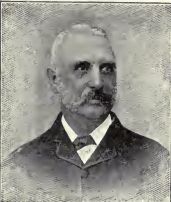 |
| Lorenzo Boyes |
n
n
n
nIn the meantime, Lorenzo Boyesndeparted for Hopetown and van Niekerk’s farm, and spent a fortnight sortingnpiles of pebbles but no further diamonds were found, although a good many Boersnpopped rock-crystals into their pockets, in the vain hope that they might justnbe lucky and have found another of the blink klippe (bright stones). Tennmonths later, another diamond was found, thirty miles from Hopetown, at thenconfluence of the Vaal and Orange Rivers, and Boyes was off again, but againnfailed to find a companion stone.
n
n
n
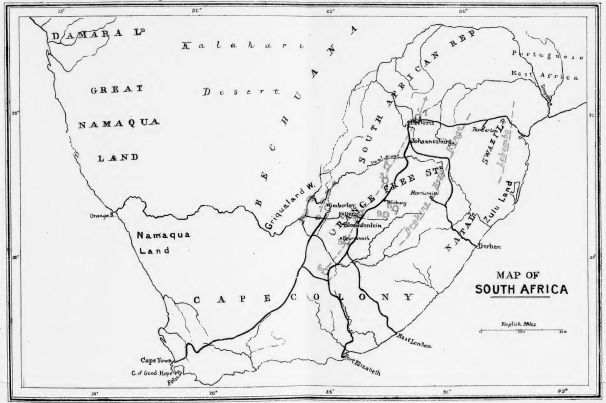 |
| Map of South Africa |
n
n
n
nDuring 1868, a few more small stones werenfound, and then, in March 1869, a Griqua shepherdboy found a magnificent whitendiamond, weighing 83.5 carats, for which van Niekerk gave him five hundrednsheep, ten oxen and a horse. The thrifty Boer returned to Hopetown and sold thenstone on to the Lilienfield Brothers for £11,200, who sent it to England, wherenit was eventually sold to the Countess of Dudley for £25,000.
n
n
n
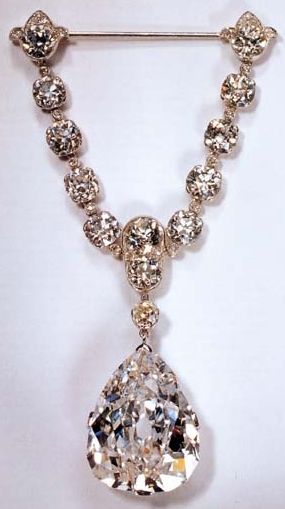 |
| Star of South Africa |
n
n
n
nThe rough diamondnwas reduced to 46.5 carats when it was cut into a oval three-sided brilliantnshape, and it was mounted with 95 smaller brilliant-cut diamonds into a headnornament; known as the Dudley Diamond, it is now better known as the Star ofnSouth Africa. It was sold again, in 1974, for just over three quarters of anmillion pounds (the equivalent of £1.75 million in today’s money).
n
n
n
nThus begannthe systematic search for diamonds in South Africa, along the Vaal River, asnparties of organised prospectors sifted through the alluvial gravels.
nnn
n
nnn
n
